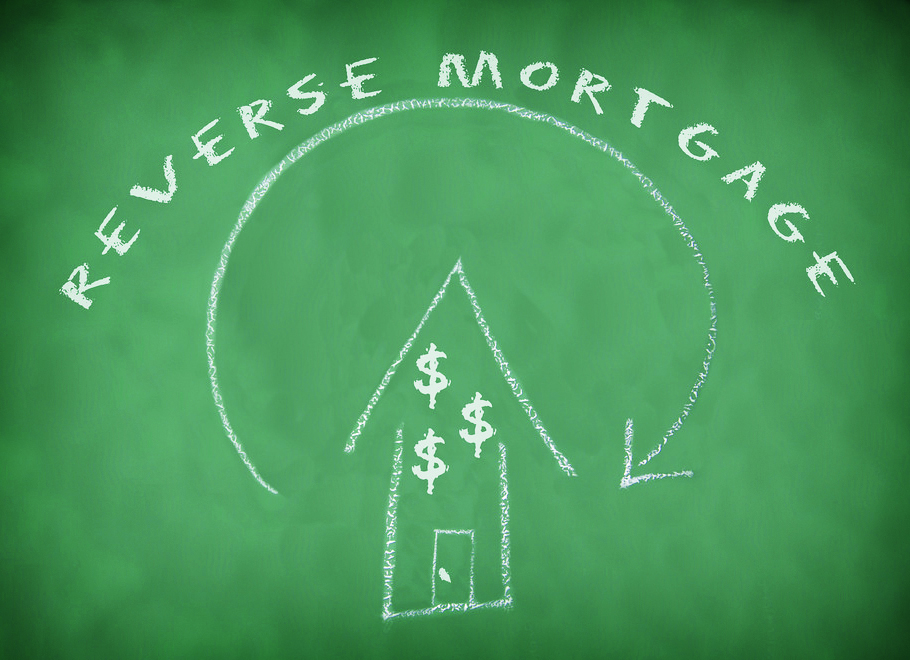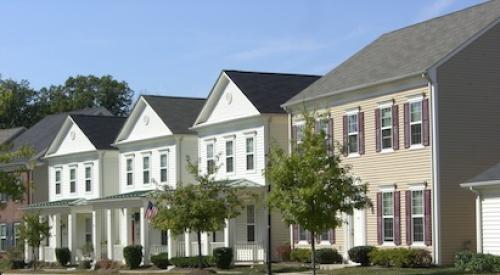Recent policy changes may make reverse mortgages more feasible for older adults.
A July brief released by the Center for Retirement Research at Boston College predicts that 2013 changes to the rules governing Home Equity Conversion Mortgages (HECM) could cut the number of defaults by up to 50 percent.
The Federal Housing Administration–insured program increases the buying power of people 62 and older. It works like a traditional mortgage where the borrower’s home is collateral, but borrowers don’t need to repay the loan as long as they are living in the house. The HECM lets borrowers tap home equity through lump-sum withdrawals, regular payments, or a line of credit.
The loans don’t need to be repaid until the last remaining borrower dies, sells the house, or moves. However, homeowners still need to maintain the property and pay property taxes and insurance or else the house could go into default. The brief reports that the default rate in 2013 was 10 percent.
In response, the U.S. Department of Housing and Urban Development, which regulates HECM, created two rules to lower default risk without significantly restricting access to reverse mortgages. The first rule limits the amount borrowers can draw as a lump sum during the first year, capping it at 60 percent of the initial principal limit. The second requires underwriters to consider an applicant’s credit risk and financial situation when deciding whether to approve a loan.
According to the study, only 2 percent of eligible seniors have reverse mortgages, but the rate is expected to rise as more Baby Boomers reach retirement without other income sources in place.
Unlike standard HECMs, where seniors capitalize off the equity of an existing property, an HECM for Purchase (known as an H4P) helps older people live out their retirement in comfort and in more expensive homes. They aren’t limited in purchasing homes that are equal to or less than the equity in existing homes.
A couple that wants to downsize and move somewhere warmer, for instance, can sell their current house for $300,000 and buy a new house for $450,000. After an up-front payment, the couple could take out a reverse mortgage to finance the rest, and because they wouldn’t have to make monthly payments on their new home, money is available for other expenses (monthly obligations such as taxes, insurance, and house upkeep). Also, H4Ps are considered “Non Recourse,” meaning that FHA insurance guarantees that the homeowner, any heir, and the estate are not responsible for a loan balance that exceeds home value at the time the home is sold.
Less than 5 percent of HECMs are H4Ps, but David Peskin, president of Reverse Mortgage Funding (RMF), says that its popularity is rising among retirees, real estate agents, and builders. He says that this winter, the FHA is changing its Certificate of Occupancy policies to match forward mortgages, shortening the amount of time it takes to close between when the certificate comes in and when the transaction takes place.
“That is going to make a world of difference for new-construction builders,” Peskin told Professional Builder. “They are excited about that change because this is a product they would like to start offering. It opens the door to a much wider pool of older Americans looking to buy in their communities because they either couldn’t afford to live in those communities or they didn’t want to take out a forward mortgage to cover all of their monthly expenses.”













